- You are here:
- Home »
- Coffee Beans Guides
Category Archives for Coffee Beans Guides
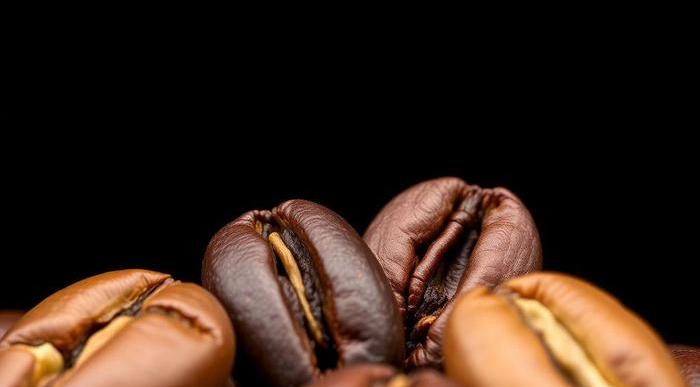
Should You Eat Coffee Beans? Here’s What You Need to Know!
Coffee, a beloved beverage renowned for its rich flavor and energizing properties, originates from the beans of the Coffea plant. While most people are familiar with drinking coffee, fewer are aware that coffee beans themselves can be consumed directly. This practice, though not as common as brewing, has garnered attention for its unique flavor profile […]
Continue reading
Is a Coffee Bean Really a Bean? The Truth Behind the Name
Coffee, one of the most beloved beverages around the globe, is a daily ritual for millions. Its rich aroma, complex flavor profiles, and invigorating properties have captivated humans for centuries. But have you ever stopped to ponder what exactly you’re drinking? The answer lies in the intricacies of coffee beans—those small, seemingly unremarkable seeds that […]
Continue reading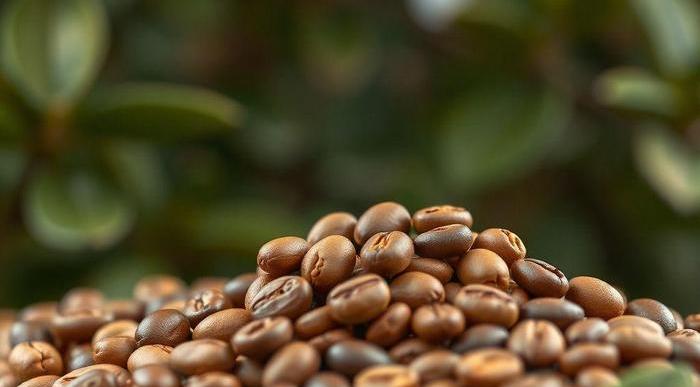
How Many Types of Coffee Beans Are There? Discover Them All!
Coffee, the aromatic elixir that has woven itself into the fabric of daily life across the globe, is more than just a morning ritual or a social custom. It is a product of complex agricultural practices and intricate flavor profiles that can vary dramatically depending on numerous factors. At the heart of this intricate tapestry […]
Continue reading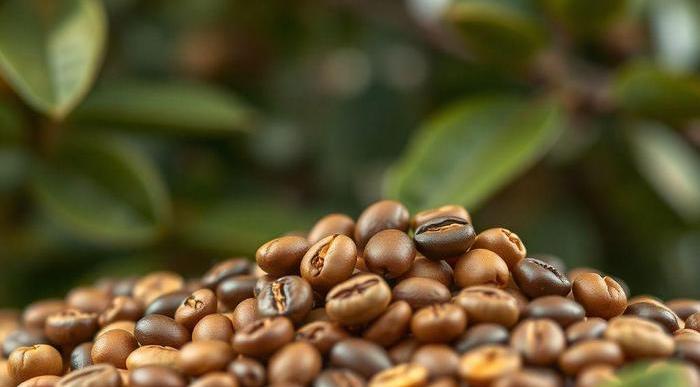
How to Use Green Coffee Beans for a Healthier Brew
Green coffee beans, the raw and unroasted seeds of the Coffea plant, have been a subject of growing interest in both culinary and health circles. Unlike their roasted counterparts, green coffee beans offer a distinct flavor profile and a treasure trove of health benefits, thanks to their unique chemical composition. The allure of green coffee […]
Continue reading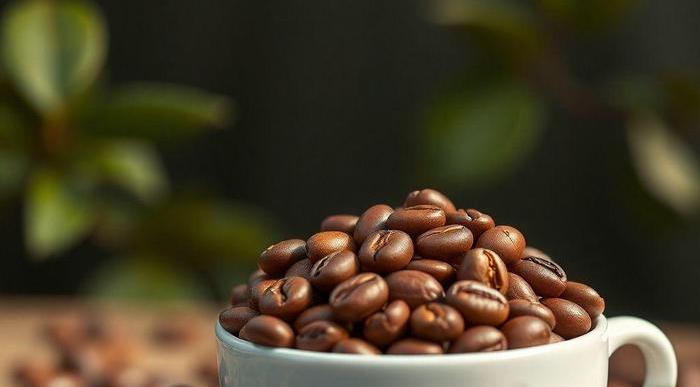
Unlocking the Power of Coffee Bean Oils: Health Benefits & Uses
Coffee is more than just a morning ritual; it is an intricate sensory experience that blends aroma, flavor, and texture into a delightful beverage. At the heart of this experience lie the oils contained within coffee beans. These oils, often overlooked, play a pivotal role in defining the character and quality of your cup of […]
Continue reading
Ultimate Chocolate-Covered Coffee Bean Recipe for Coffee Lovers
Chocolate-covered coffee beans are a delightful confluence of two beloved indulgences—rich, robust coffee and smooth, decadent chocolate. This treat combines the satisfying crunch of roasted coffee beans with the velvety allure of chocolate, creating a snack that is as energizing as it is delicious. Ideal for those who enjoy their coffee with a touch of […]
Continue reading
Coffee Berry vs Coffee Bean: What’s the Difference?
Coffee is more than just a morning ritual; it is an intricate journey from the forest to the cup. The process of transforming coffee from a humble fruit into the rich, aromatic brew we savor each day involves a fascinating transformation. While most of us are familiar with coffee beans, few are aware of the […]
Continue reading
Peaberry vs Regular Coffee Beans: What’s the Real Difference?
In the expansive world of coffee, where every detail—from bean origin to roasting method—contributes to the final cup, peaberry coffee beans hold a special allure. Their unique characteristics and the stories that surround them elevate them from mere beans to a distinguished element of the coffee experience. Peaberry coffee beans are not just a rare […]
Continue reading
Coffee Beans vs Instant Coffee: Which Should You Choose?
Coffee, a beloved beverage enjoyed by millions around the globe, comes in many forms and preparations. Among the most popular are whole coffee beans and instant coffee. While both deliver the stimulating kick of caffeine that coffee drinkers crave, they represent two distinct approaches to enjoying this ancient brew. Whole coffee beans, with their complex […]
Continue reading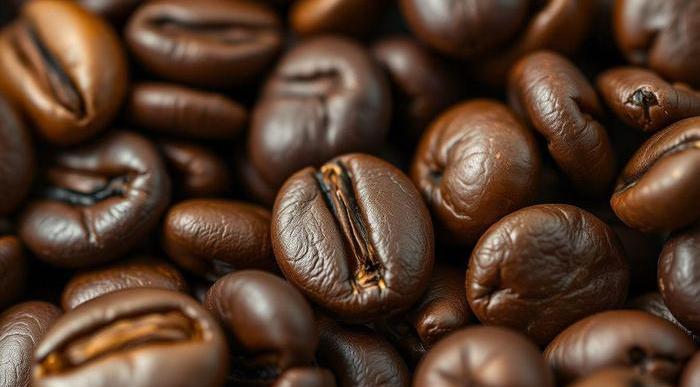
Perfect Coffee Every Time: Mastering the Coffee Bean to Water Ratio
Coffee, in its myriad forms, captivates the senses and invites a symphony of flavors with each sip. Yet, beneath the rich crema and tantalizing aroma lies a critical factor that often determines whether a cup is blissfully balanced or disappointingly off-kilter: the coffee bean to water ratio. This seemingly simple aspect of brewing coffee can […]
Continue reading